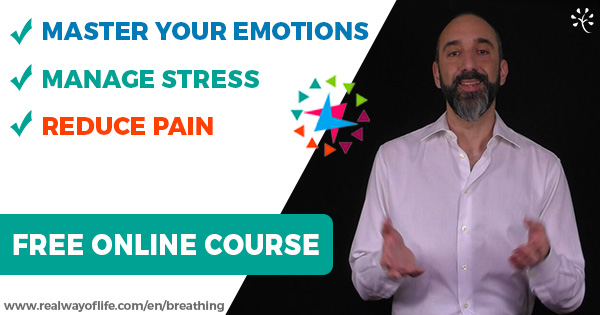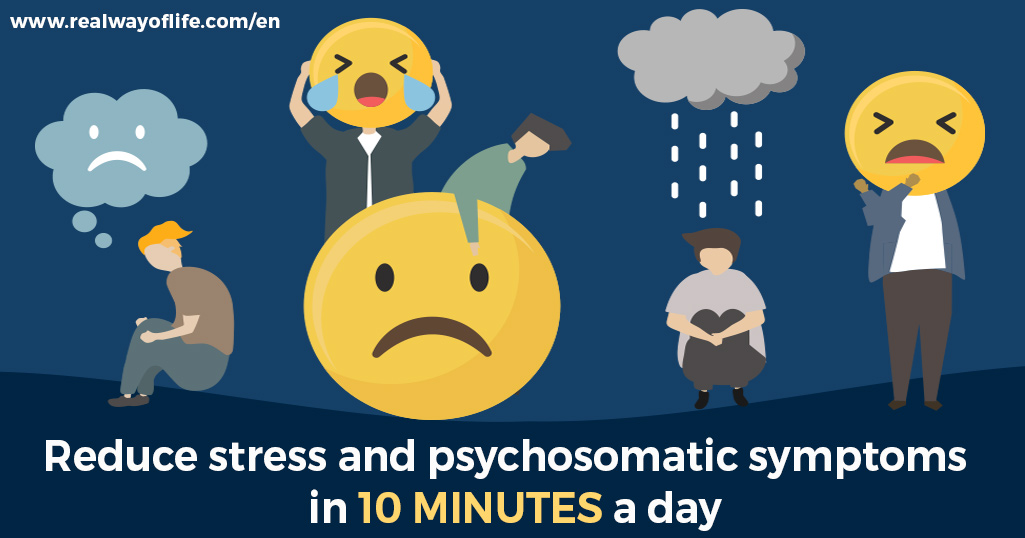
25 Sep Reduce Anxiety and Psychosomatic Responses (vagal tone, HRV, Cortisol, and more) with the Crossed Cycles Breathing technique- Study results
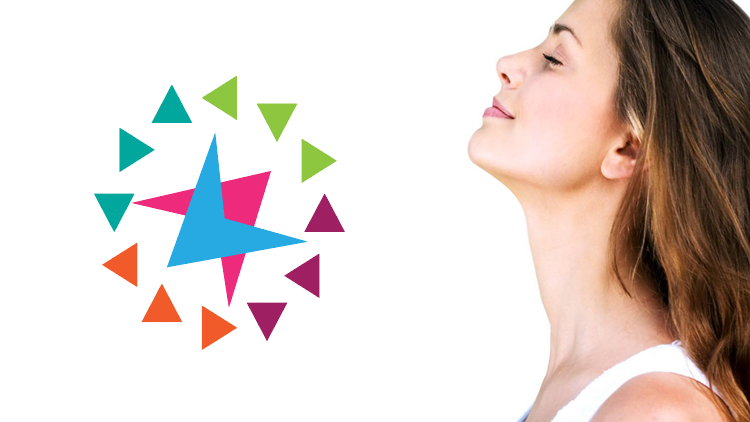
5 minutes twice a day for 3 weeks: this was the commitment requested of participants in the study. We were thus able to analyse the changes and benefits produced by a minimal application of one of the Integrative Sciences’ basic techniques, the Cross Cycles Breathing technique. Let us see the results in detail below.
Background
Middle- and senior level professionals (managers, lawyers, consultants, health practitioners, etc.) typically suffer a variety of physiological, psychological, and behavioral disorders and symptoms.
Professionals operating under acute or chronic stress are likely to be at greater risk of error, allostatic overload (the “psychosomatic toll”), overreactions and hyper-arousal, compromising their work performance and their personal relationships.
Effective solutions
Breathing techniques and mind-body integration activities are regarded as effective strategies to reduce allostatic load and promote mental and physical well-being.
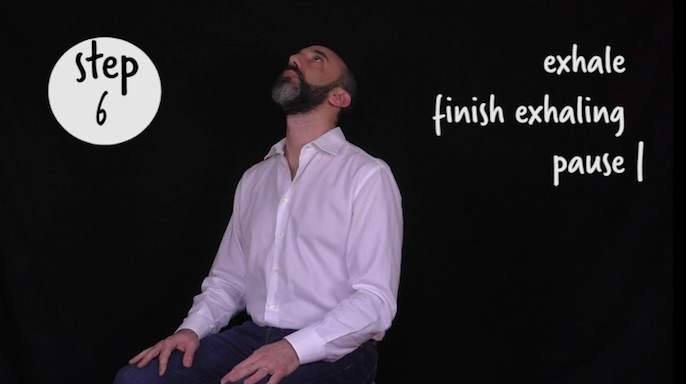 The Crossed Cycles Breathing technique (CCB) combines breathing and adaptation neurobiology, finely controlled inhalation-exhalation patterns with head movements (in order to also interact with postural and motor systems).
The Crossed Cycles Breathing technique (CCB) combines breathing and adaptation neurobiology, finely controlled inhalation-exhalation patterns with head movements (in order to also interact with postural and motor systems).
We evaluated the effects of three-weeks of CCB practice (5 minutes twice a day, for a total of 10 minutes daily) on subjective and objective indices of stress in middle- and senior-level professionals (total 360 participants).
The Research
Participants completed pre-, post-, and follow-up (at 1 and 6 months) surveys and analysis.
- They answered two questionnaires rating stress and anxiety symptoms; other areas assessed via clinical interview and observation included: vitality, emotional well-being, stress coping and interpersonal skills, work performance and effectiveness, as well as physiological recalibration following acute stressors.
- Salivary cortisol was measured upon awakening.
- EEG (electroencephalography) data was collected in order to investigate changes in the four main types of brainwaves (Beta, Alpha, Theta and Delta) and in Performance metrics (Excitement, Engagement, Relaxation, Interest, Stress, Focus) with Emotiv Epoc+ with EmotivPro and MyEmotiv softwares.
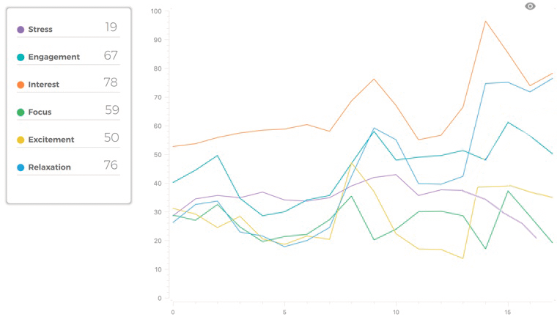
- We also measured HRV (heart rate variability) coherence and a new index named “Accumulative Coherence Score (ACS)” with HeartMath emWave Pro before and during CCB in the hope of gaining deeper insights into the autonomic response induced by this technique and to highlight short- and long-term effects
Evaluation
This study revealed definitive and persistent changes in: self-perception (decreased anxiety, nervousness, self-doubt), in biomarker level (significantly lower cortisol), a rapid and persistent switch in the EEG performance metrics (from Excitement to Engagement, from Stress to Relaxation and Focus) and in the HRV (higher coherence in heart rate variability) of the subjects during and after the Crossed Cycles Breathing technique.
Cardiac coherence was achieved in all participants, and the increase in coherence ratio was significant post-CBB practice.
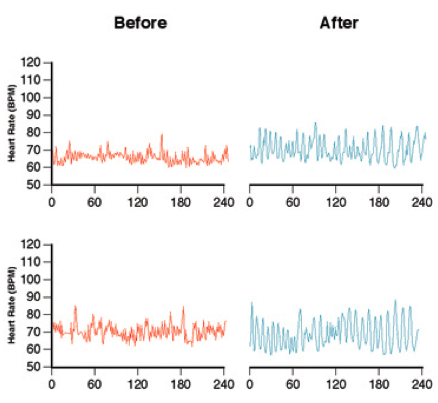
Participants learned to willingly switch mindsets and emotional responses during or after stressful situations using this technique.
The CBB practice improved professionals’ capacity to recognize and self-regulate their responses to stressors, in both work and personal contexts.
All participants experienced reductions in stress, negative emotions, depression, and increased vitality as compared to a control group. Improvements in relationships and more effective communication also were noted.
Professionals can significantly benefit from training and practice in Integrative Techniques, such as CCB (HUB members can find it in their learning centre, and anyone that is not a member yet can also try this technique for free), improving self-regulation and decreasing allostatic (psychosomatic) load. Furthermore, the technique provides time-poor professionals with a quick and easy solution for meeting challenging professional and personal situations.




